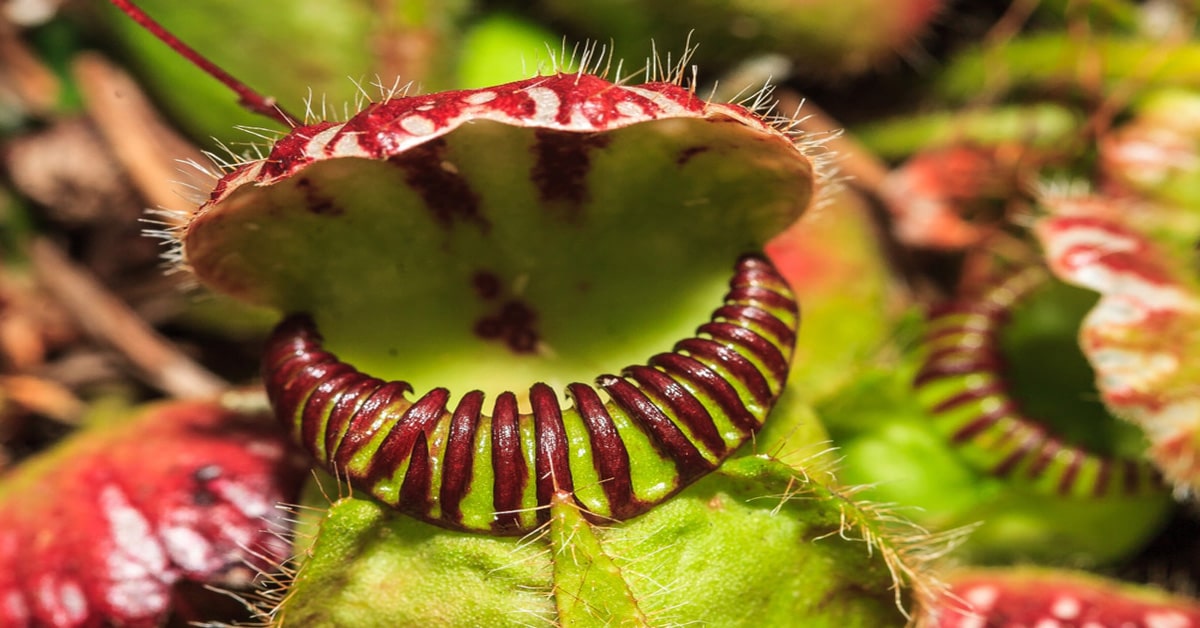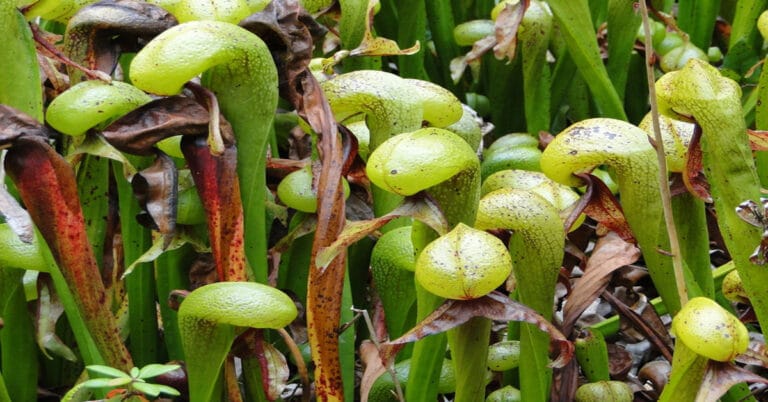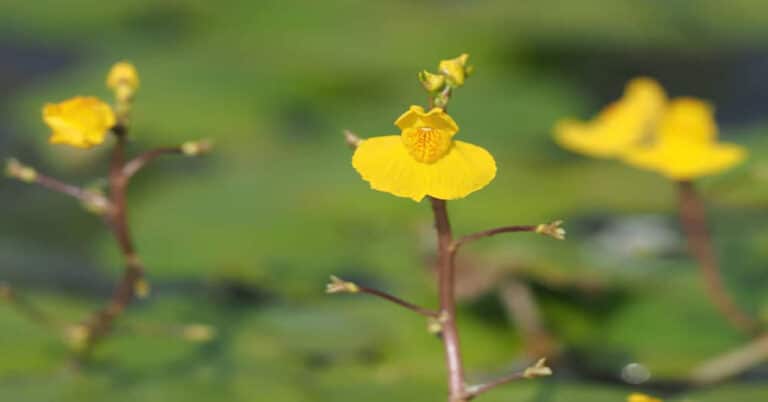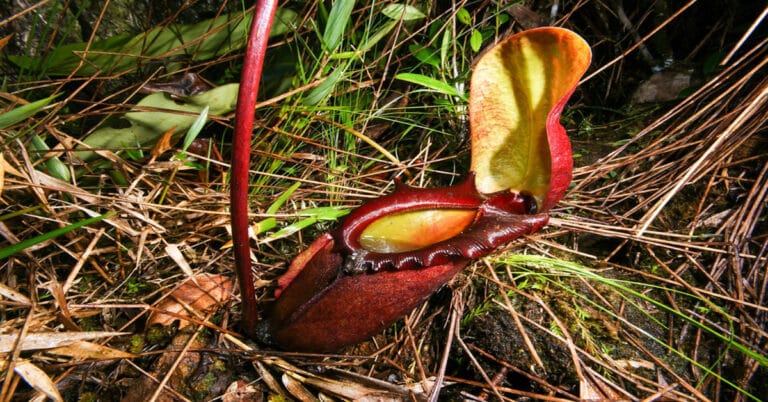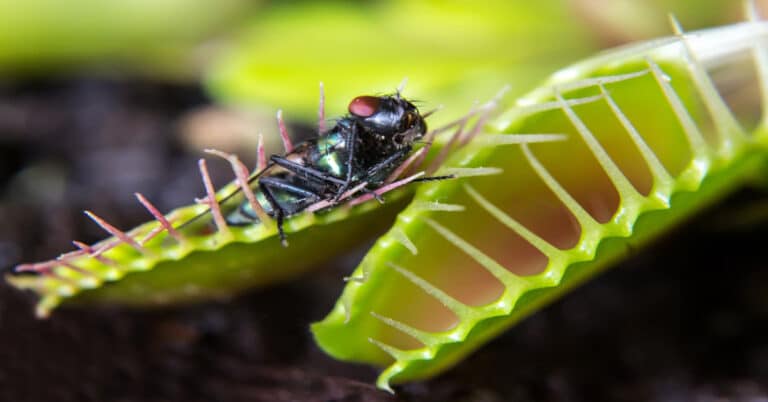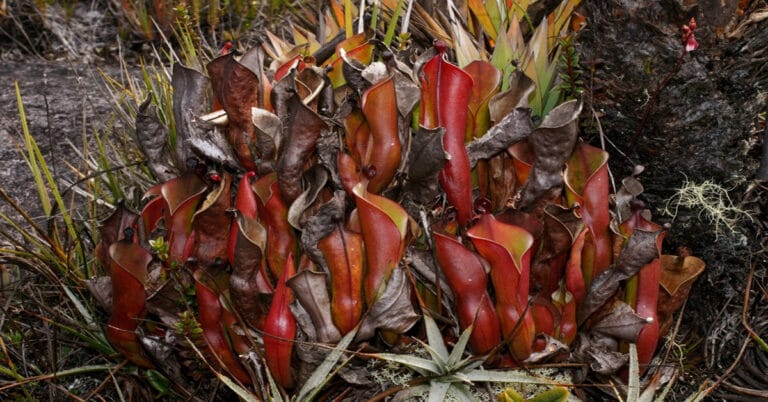Western Australian Pitcher Plant
Cephalotus follicularis is the single specie of the genus Cephalotus and they call it the pitcher plant. The adapted leaves form the pit-fall traps and many names exist for this plant, including, the flycatcher plant, the Albany pitcher plant, the moccasin plant, and the Western Australian pitcher plant.
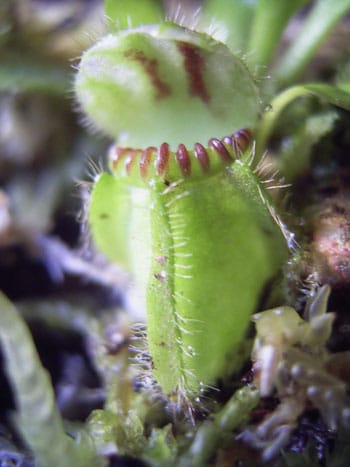
| Kingdom | Plantae (Plants) |
| (Unranked) | Angiosperms |
| (Unranked) | Eudicots |
| (Unranked) | Rosids |
| Order | Oxalidales |
| Family | Cephalotaceae Dumort |
| Genus | Cephalotus Labill. |
| Species | Follicularis |
Anatomy
Western Australian Pitcher Plant is low growing, small herbaceous variety. Its underground rhizomes produce the emerging evergreen leaves that are simple with a whole leaf blade and laze at ground level. The tiny insectivorous leaves look like moccasins that look like pitchers and build up in dark red color when the light level is high, but remain green in a shadier environment. The foliage appears like a basal collection with the adapted leaf blades facing out. These leaves offer the group its exclusive form. It has a height of about 20 cm.
Habitat
You can find the Western Australian Pitcher Plant in the southern coastal regions of the southwest botanical region of Australia; recorded in the Warren (bio-geographic region), the Esperance Plains and the southern Jarrah Forest. It grows in damp boggy sands found in swamps or along creeks and streams, but can also survive in less humid situations.
Trapping Mechanism
- It catches prey with the help of pitfall traps. Three different sections complete the entire process; the attraction section, a slip section and the digestive section. Its trap is akin to pitcher plants in other species.
- The perimeter at the opening of the trap has an inward facing spiked arrangement that enables the prey to come in, but obstructs its get away.
- The lid above the entrance stops rainwater ingress into the pitcher, thus preventing thinning of the digestive juices. The partially transparent lid confuses its prey by looking like sky patches.
- The closing mechanism is different from other carnivorous plants, but escape is nearly impossible after the prey goes into the pitfall trap. A collar contracts the opening of the trap. As a result, the victim is unable to go up and escape, having once fallen into it.
Digestion
Those insects that cannot escape succumb to the digestive enzymes at the bottom of the pitcher.
Tips for Domestic Cultivation
Most carnivorous plants cultivation enthusiasts crave to grow the Western Australian Pitcher Plant domestically because of its wonderful traits. They particularly appreciate this pitcher plant’s compact growth pattern, and its bristly colorful traps that give the aggressive impression of a perpetual readiness for catching prey.
Feeding
You need not feed these plants with live insects. During spring and summer, which are their active growth periods, you would do well to feed them with ants, wingless fruit flies and other small insects. When you see the pitchers well developed, you can also feed the plant just one high nitrogen food pellet every few months.
Temperature, sunlight and Humidity
You can raise the Western Australian Pitcher Plant, as you would grow any other subtropical plant. Remember however, that you can realize larger pitchers if you allow for dormancy. Exposure to direct sunlight helps the plant to grow vigorously and attain beautiful coloration, while those plants cultivated in the shade tend to remain green.
Substrate
A mixture of sand, perlite and sphagnum peat moss with 60-80% humidity of seems to work well for this species.
Propagation
You can propagate the Western Australian Pitcher Plant, Cephalotus follicularis, from leaf cuttings, pitchers and from the root.

Having discovered a fondness for insects while pursuing her degree in Biology, Randi Jones was quite bugged to know that people usually dismissed these little creatures as “creepy-crawlies”.

